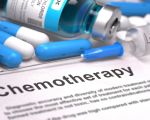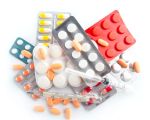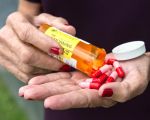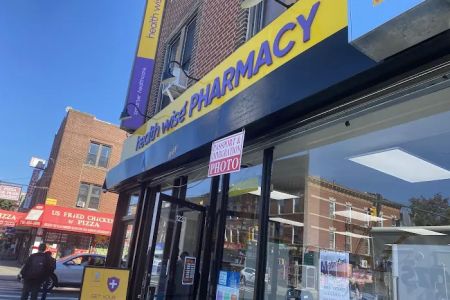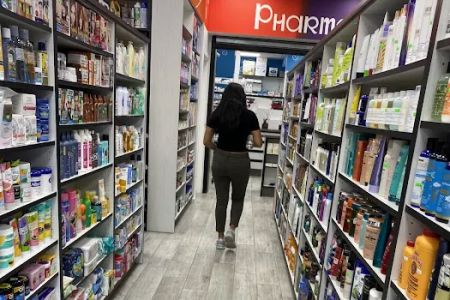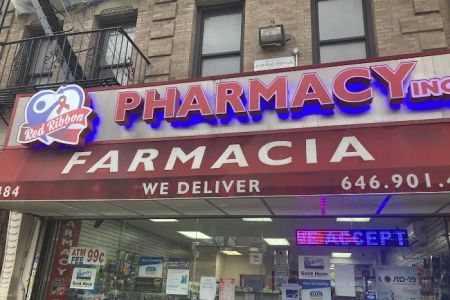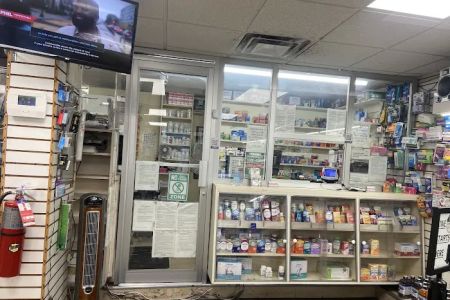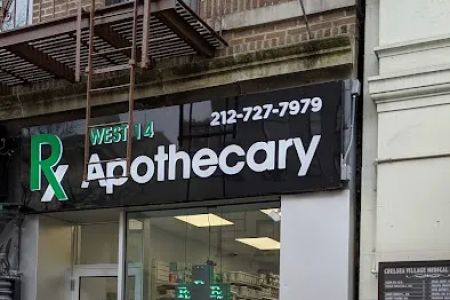The Critical Role of Pharmacy Programs in Managing High-Risk Medications
As someone who has been closely involved in the world of pharmacy, I've seen firsthand how managing high-risk medications can be both a challenge and a crucial responsibility. High-risk medications—drugs that have a higher likelihood of causing harm if misused or administered incorrectly—require special care. In the United States, pharmacy programs play a vital role in ensuring that these medications are handled properly to avoid dangerous consequences. Let me take you through why these programs are essential and how they help improve patient safety.
Understanding High-Risk Medications
High-risk medications are those that carry a higher risk of causing serious harm, especially when they are not used as prescribed. This includes drugs like anticoagulants (blood thinners), chemotherapy agents, insulin, and opioids. These drugs can have severe side effects if not monitored closely, which is why it's so important to have a structured program in place to manage them effectively. The potential for harmful interactions with other drugs, incorrect dosages, or even failure to monitor patient response properly can lead to complications, hospitalizations, or worse.
How Pharmacy Programs Help Manage High-Risk Medications
Pharmacy programs dedicated to managing high-risk medications aim to reduce these risks by providing thorough monitoring, counseling, and support to patients. Pharmacists are often the first line of defense when it comes to ensuring that medications are being used safely. These programs involve regular medication reviews, educating patients about their prescriptions, and ensuring that the medications are working as intended without causing harm.
In my experience, one of the most impactful aspects of pharmacy programs is Medication Therapy Management (MTM). MTM involves a thorough review of a patient’s medications to ensure that there are no potential issues such as drug interactions, improper dosing, or contraindications. Pharmacists conducting MTM take the time to understand the patient's health history, current medications, and lifestyle factors to help ensure that every medication prescribed is used safely and effectively.
Medication Reviews: The Heart of High-Risk Drug Management
Regular medication reviews are at the heart of managing high-risk medications. These reviews are often conducted by pharmacists who assess all the medications a patient is taking, both prescription and over-the-counter, as well as supplements. The goal is to ensure that there are no dangerous interactions, that the patient is taking the right dose, and that they are following the prescribed regimen correctly. I've seen many cases where a simple review led to the identification of a potential drug interaction, preventing what could have been a life-threatening situation.
For example, I worked with a patient who was prescribed warfarin, a common anticoagulant, to prevent blood clots. During a medication review, I noticed that the patient had also been prescribed an over-the-counter painkiller that could increase the risk of bleeding when combined with warfarin. By addressing this issue early, I was able to recommend an alternative pain relief method and avoid any complications. This is just one example of how pharmacy programs can help save lives by catching potentially dangerous drug interactions before they cause harm.
Patient Education: Ensuring Safe Use of High-Risk Medications
Another critical component of managing high-risk medications is patient education. Patients need to fully understand how to take their medications correctly, what side effects to watch for, and when to seek help. Pharmacists spend a significant amount of time educating patients, providing them with clear instructions on how to take their medication, and explaining the risks associated with misuse. I've personally taken the time to walk patients through how to administer insulin correctly, ensuring that they feel comfortable and confident in managing their treatment. This education is essential in preventing mistakes that could lead to serious health issues.
Monitoring and Follow-Up: Keeping Track of Progress
Even after a patient has started their high-risk medication, ongoing monitoring is crucial. Pharmacists play a key role in tracking the patient's progress and adjusting treatment plans as needed. For example, when managing a patient on anticoagulants like warfarin, regular blood tests are necessary to monitor the patient’s response to the drug. Pharmacists work closely with patients to ensure that they are following up on necessary tests, making adjustments to medications when appropriate, and helping patients understand their results.
In my practice, I have been involved in several instances where a patient's response to medication required adjustments. With high-risk medications, there is often a delicate balance between providing enough treatment to be effective while avoiding side effects or complications. It’s rewarding to see patients improve under careful medication management, knowing that the pharmacy program’s attention to detail made a real difference in their health outcomes.
Collaboration with Healthcare Providers: A Team Approach
Pharmacists don't work in isolation when managing high-risk medications. They collaborate closely with other healthcare providers, including doctors, nurses, and specialists, to ensure the best care for the patient. This team approach helps to address all aspects of a patient's health, from their medication regimen to their lifestyle choices. As part of a multidisciplinary team, pharmacists offer valuable insights into the safe use of medications, contributing to better overall care.
For instance, I’ve often worked with endocrinologists to manage patients with diabetes who require insulin therapy. Together, we monitor blood sugar levels, adjust insulin doses, and ensure that the patient is following their prescribed treatment plan. By working together, we can catch any issues early and prevent any adverse effects from their medications.
The Role of Technology in Managing High-Risk Medications
Technology is playing an increasingly important role in managing high-risk medications. Many pharmacies now offer electronic systems that track a patient’s medications, provide automatic reminders for refills, and even alert pharmacists to potential drug interactions. Some pharmacies have also implemented telehealth services, allowing patients to consult with pharmacists remotely. This technology makes it easier for pharmacists to stay on top of a patient’s treatment plan and make adjustments when necessary, ensuring that high-risk medications are always managed safely and effectively.
For example, I’ve seen how a pharmacy’s mobile app helped a patient with chronic pain keep track of their opioid medication regimen. The app sent reminders when it was time to take the medication, as well as alerts for potential drug interactions. This kind of technology not only helps patients stay on track with their treatment but also gives them peace of mind knowing that their medications are being closely monitored.
The Future of Pharmacy Programs for High-Risk Medication Management
As the landscape of healthcare continues to evolve, pharmacy programs dedicated to managing high-risk medications will become even more critical. With the increasing complexity of medications and the growing need for personalized care, the role of pharmacists in managing high-risk drugs will continue to expand. I’m excited to see how new technologies, such as artificial intelligence and predictive analytics, will further enhance the ability of pharmacy programs to identify risks and prevent medication errors.
If you’re looking for more information on how pharmacy programs can help you safely manage high-risk medications, visit our website to find the best services tailored to your needs. With the right guidance, you can ensure that your medications are working for you, not against you.

